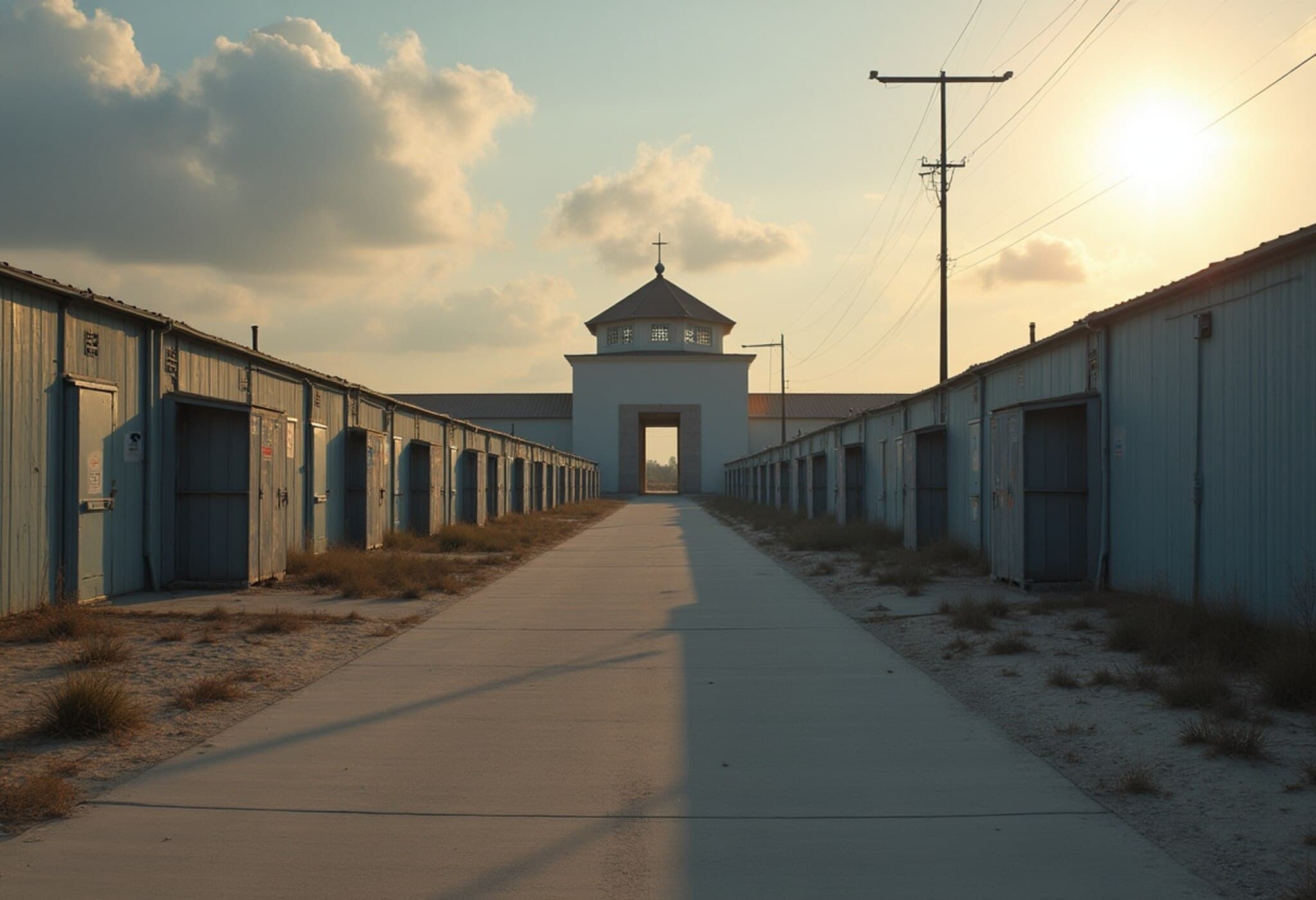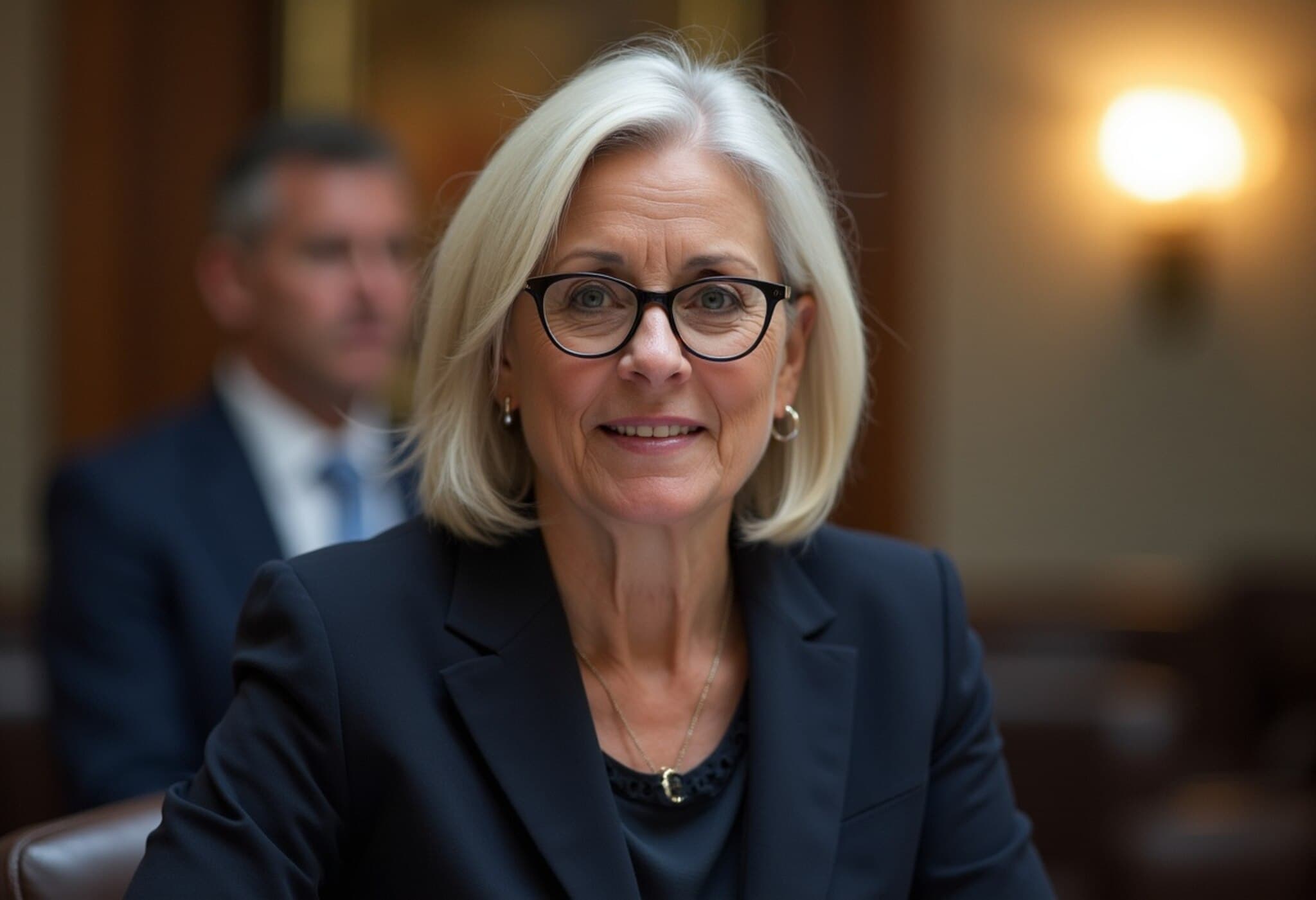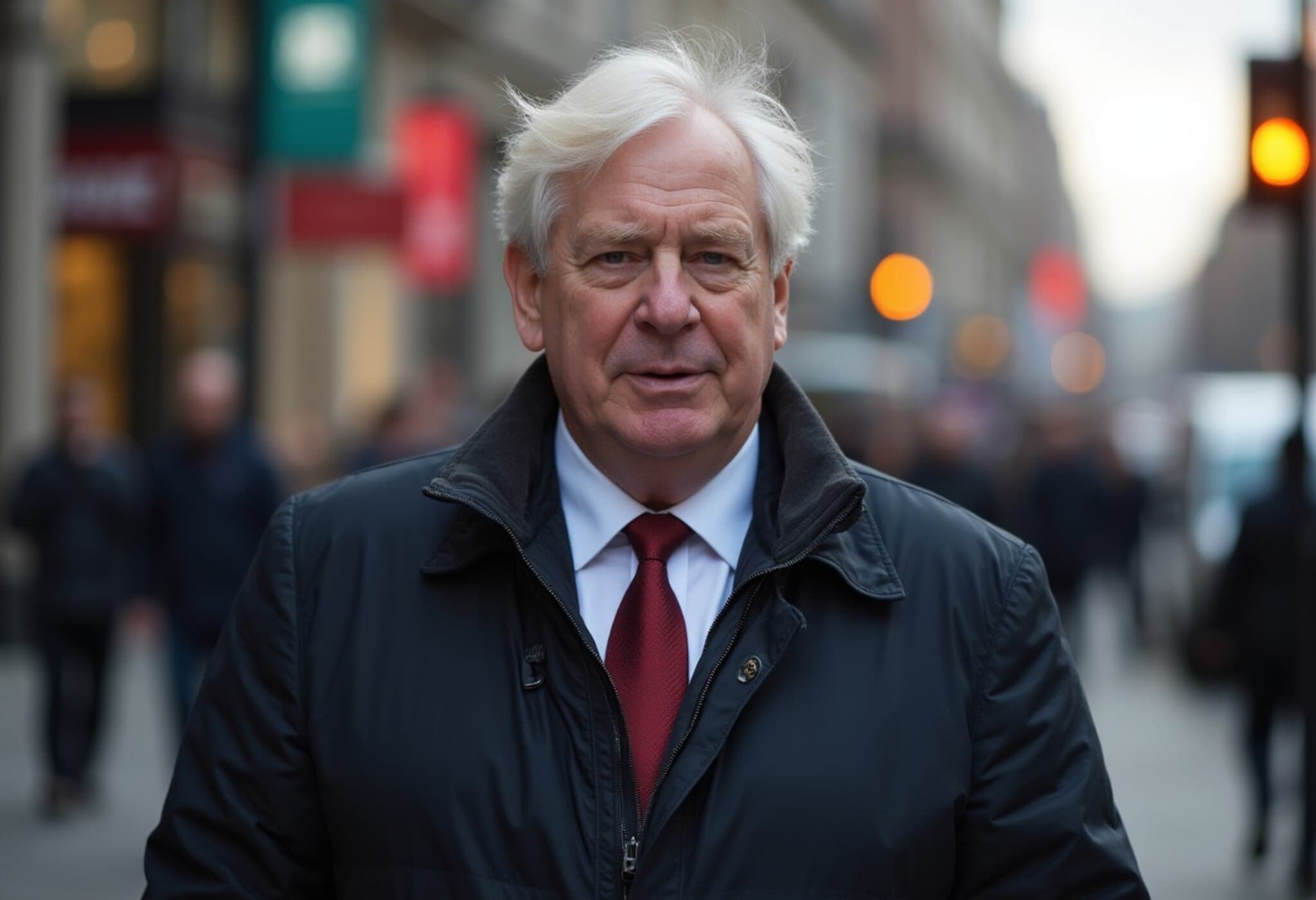FEMA Launches $608 Million Program to Fund Migrant Detention Facilities
The Federal Emergency Management Agency (FEMA) has announced a significant new initiative, setting aside $608 million to assist states in constructing migrant detention centers. This move aligns with the Trump administration's strategy to expand detention capacity for the increasing numbers of immigrants arriving at U.S. borders.
Details of the Detention Support Grant Program
The newly introduced detention support grant program invites states to apply for funding to build temporary immigrant detention infrastructure. The deadline for submissions is August 8, underscoring the urgency with which the federal government aims to bolster detention capabilities.
The funds, coordinated between FEMA and U.S. Customs and Border Protection (CBP), mark a strategic federal effort to share the logistical and financial burden with states eager or compelled to manage migrant influxes.
Florida's 'Alligator Alcatraz' as a Case Study
A prominent example is Florida's new migrant detention center colloquially named "Alligator Alcatraz," located at the site of the Dade-Collier Training and Transition Airport in Ochopee, Florida. Governor Ron DeSantis has confirmed that Florida will apply for FEMA reimbursement through this grant program to help finance the facility's construction and operation.
Department of Homeland Security (DHS) officials project that Florida’s detention center will cost approximately $450 million annually to operate. Secretary of Homeland Security Kristi Noem has indicated that DHS will also leverage FEMA's broader $650 million shelter and services program to support Florida's efforts.
Contextualizing the Funding and Policy Implications
- While the Biden administration Congress authorized funds for sheltering migrants through DHS, this new FEMA grant program specifically targets detention infrastructure, highlighting a nuanced approach in federal migrant management funding streams.
- The funding for FEMA’s detention program is distinct from traditional disaster relief allocations, reflecting how immigration is increasingly being framed as a national emergency requiring interagency collaboration.
- Nonprofits and local governments were previously eligible for some migrant sheltering funds, but this program distinctly empowers states to expand detention capacity, raising critical questions about immigration policy direction and humanitarian considerations.
Legal and Human Rights Considerations
This initiative reopens debates around the ethics and legality of increasing migrant detention capacity, particularly in light of reports concerning conditions at facilities and the treatment of detainees. Critics argue that expanding detention centers without parallel investments in processing efficiency, legal support, or alternatives to detention risks exacerbating human suffering and straining community relations.
Furthermore, the label "temporary" for detention facilities is often questioned given the likelihood of prolonged use amid ongoing immigration challenges.
Unanswered Questions and Transparency Issues
FEMA has remained tight-lipped about specifics such as the proportion of funds Florida or other states will receive under this program. Transparency in the allocation process and subsequent operational oversight remains critical to public trust and policy effectiveness.
Expert Insight: Balancing Capacity with Humanity
Experts in immigration policy highlight the importance of balancing operational capacity with humanitarian principles. Increased detention capacity may provide short-term logistical relief but could perpetuate systemic issues without comprehensive immigration reform. They emphasize the need for transparent reporting, robust oversight, and exploring alternatives such as community-based programs.
Looking Forward
As states rush to secure funding before the August 8 deadline, the coming months will reveal how this FEMA program influences national migration management. Observers will be watching closely to assess fiscal impacts, legal challenges, and the human stories behind the statistics—reminding us that immigration policy is intrinsically about people and their futures.
Editor’s Note
This substantial federal investment marks a pivotal moment in how the United States manages immigration flows amid ongoing political debate and humanitarian concern. While funding new detention centers may ease immediate pressures, the broader policy implications call for close scrutiny regarding detainees’ rights and long-term immigration solutions. As this story develops, we encourage readers to consider the balance between law enforcement, fiscal responsibility, and compassion in shaping America’s immigration future.



















